
Transforming
Your Library
into a Learning
Playground
A Practical Guide
for Public Librarians
Brittany R. Jacobs

Copyright 2018 by Brittany R. Jacobs
All rights reserved. No part of this publication may be reproduced, stored in a retrieval system, or transmitted, in any form or by any means, electronic, mechanical, photocopying, recording, or otherwise, except for the inclusion of brief quotations in a review, without prior permission in writing from the publisher.
Library of Congress Cataloging in Publication Control Number: 2017036907
ISBN: 9781440857300 (paperback)
9781440857317 (ebook)
22 21 20 19 18 1 2 3 4 5
This book is also available as an eBook.
Libraries Unlimited
An Imprint of ABC-CLIO, LLC
ABC-CLIO, LLC
130 Cremona Drive, P.O. Box 1911
Santa Barbara, California 93116-1911
www.abc-clio.com
This book is printed on acid-free paper 
Manufactured in the United States of America
Contents
Preface
This book is a result of years worth of creating programs and curriculums for informal education settings, culminating with and focusing on an integrated STEM (science, technology, engineering, and math) and literacy-based spy club I created and implemented for the Free Library of Philadelphia. Im not a teacher by trade, but that doesnt stop me from teaching at every chance that I get. As an advocate for lifelong learning habits, I have taken it upon myself to encourage children and youth to engage with information and knowledge outside of the walls of the classroom. From hosting programs in parks, museums, camps, and zoos, I have found that the library setting is ripe with potential, as it has resources and information experts in-house.
After word got around about my spy club, I began receiving e-mails from librarians all over the country, inquiring about how to create a similar program at their library. I tried to convey as much as I could within the confines of e-mails, but there is so much that goes into creating a program that, short of e-mailing them a novel, for practicalitys sake I couldnt get the whole message across. What I needed to do was sit down and write out my process from conception to implementation, and so sit down and write I did! This book is not meant to enable you to copy my program; rather it is meant to inspire and equip you to create your own. Each library user population has different needs, wants, and interests, and over the next eight chapters, you will learn how to recognize those needs, wants, and interests and create your own tailor-made programs for your children and youth patrons.
With the standards of education rising every year and the onset of new technology emerging at breakneck speeds, informal education settings such as libraries have found themselves struggling to keep up to date or risk becoming irrelevant. Information that was once only found in books is now available at the touch of a finger. Computer labs, personal laptops, and smartphones have made information available to the masses. So the question must be asked: How can libraries transform themselves into relevant, exciting, and stimulating learning centers that appeal to children and youth?
This book aims to answer that question by providing readers with a step-by-step guide to creating programs by focusing on one simple concept: play. The driving force behind the theory of play or game-based learning is to engage and envelop children and youth to such an extent that learning becomes a natural and exciting process. The beauty of informal settings is that while they certainly reinforce learning standards, they are not held to them, which essentially busts open the box that many are trapped inside of. Public libraries have an exciting opportunity to help fill the learning gap with unique ways to help children and youth learn through exploration and play. By teaching to incorporate existing programs such as maker spaces, story time, and book clubs, this book will show readers how to play to their strengths, utilize tools and resources that they already have, and transform their libraries into learning playgrounds.
Introduction
 Figure I.1
Figure I.1 Free Library of Philadelphia Espionage Agency
It was a warm day in the outskirts of Philadelphia at the Free Librarys Andorra branch. I was the after-school leader (ASL), and, seeing as it was my first week on the job, I was getting to know the handful of students who used the library on a daily basis. I was sitting in a child-sized chair that accompanied a child-sized table that sat atop a child-stained carpet when a six-year-old girl came in and sat next to me; well call her S. She was painfully shy and wouldnt make eye contact with me or speak in anything other than short one- or two-word answers. Having overheard a group of kids the previous day talking about how cool it would to be a spy, I began to draw a simple cell phone on a piece of lined paper.
What if I told you I was a spy? I asked her as I cut the cell phone out.
She scrutinized me, but said nothing. The other kids went on shrieking and gabbing with one another about how so-and-so did this and that.
Yep, I continued, and then I pretended to hear the cell phone ring. Holding it up to my ear, and excusing myself from the conversation with S, I turned, ever so slightly, away from her and began to speak with the mystery caller.
Oh, yes. Yes. Mm-hmm. That sounds serious, but Im sure we can handle it. Well, I have one sitting right here let me check.
I held the phone out to S and told her it was for her. She looked at me like I was out of my mind, and then proceeded to look around the library to see if anyone else was witnessing what she very well may have thought was a mental breakdown.
Sorry, I said into the phone, she doesnt want to talk.
Still eyeing me, but refusing to interact, she leaned in a little closer as I turned in my seat to continue the conversation.
Okay, I sighed. Im really sorry she didnt want to be a part of this
I felt a tap on my shoulder, and turned to see her holding out her hand.
Ill take it, she said looking me straight in the eyes.
Hello? she asked.
I began to doodle on the scraps lying on the table, as if nothing in the world was strange about having a conversation with someone via a paper cell phone. I looked up and gave her a nod of encouragement. It was silent for a few seconds, but then I heard it, and it was like music to my ears.
Youve got to be kidding me! she said into the phone, just as another six-year-old approached the table.
Who are you talking to? he asked, looking at S like she was the crazy one. She held up her hand, just like she must have seen adults do a hundred times before, Shh! Im on the phone! Turning, ever so slightly, away from the table she went back to the conversation, completely engrossed and off in her own world. After the phone call was finished, she asked if I could help make her a pair of spy glasses, to go along with the phone. Using the same lined paper, I drew and cut out glasses that she then taped to her head and wore home along with the cell phone stuck in her back pocket.
The next day S came bursting through the doors and walked briskly toward me with a look of incredible determination on her face. She was wearing the glasses made out of paper and had the cell phone tucked into the waistline of her pants. She stopped no less than 6 inches from my face, and with a severe tone said, I know how to kidnap and torture a man.
Next page
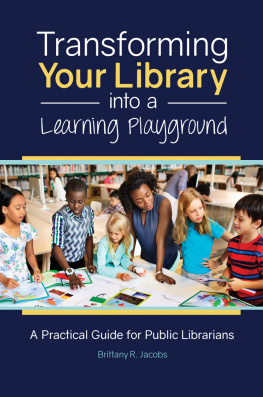
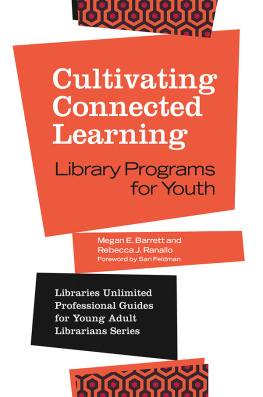
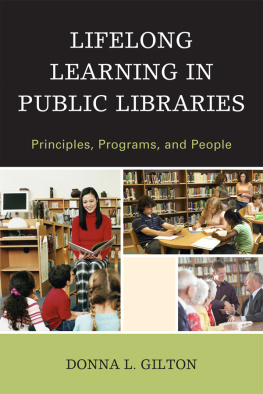
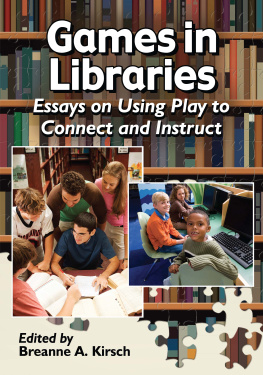
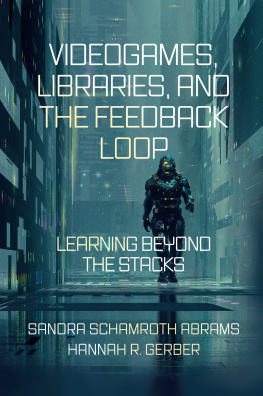
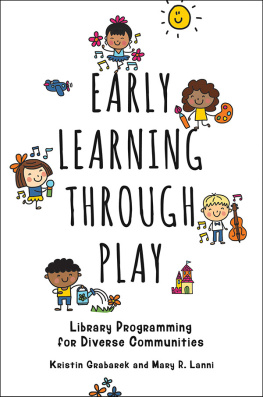
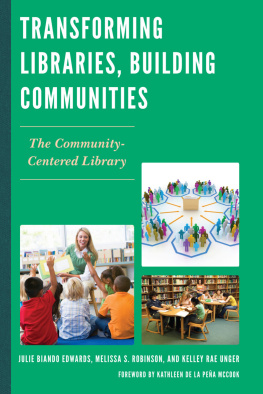
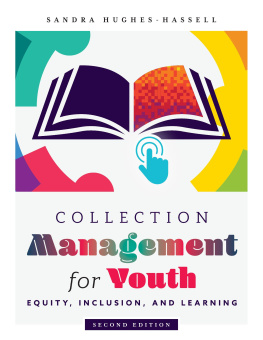
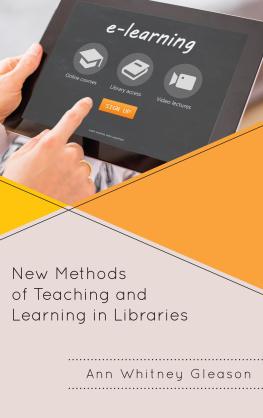
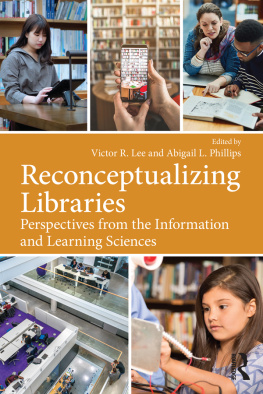
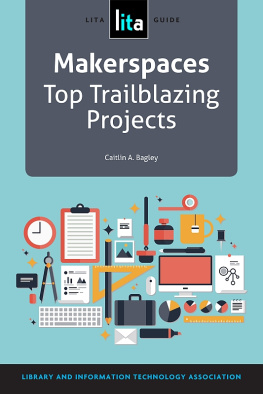




 Figure I.1 Free Library of Philadelphia Espionage Agency
Figure I.1 Free Library of Philadelphia Espionage Agency